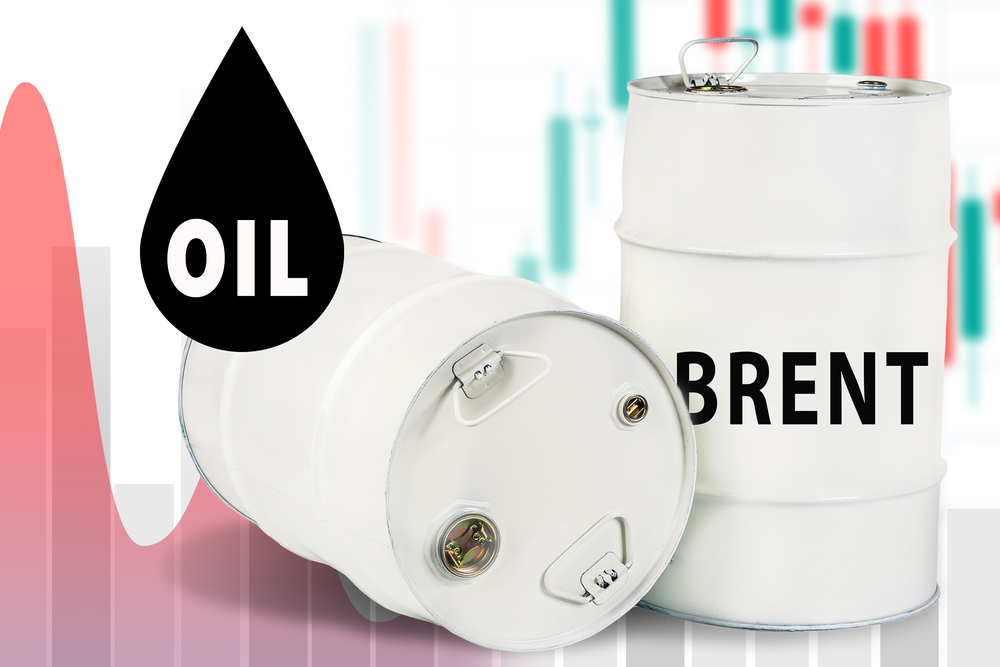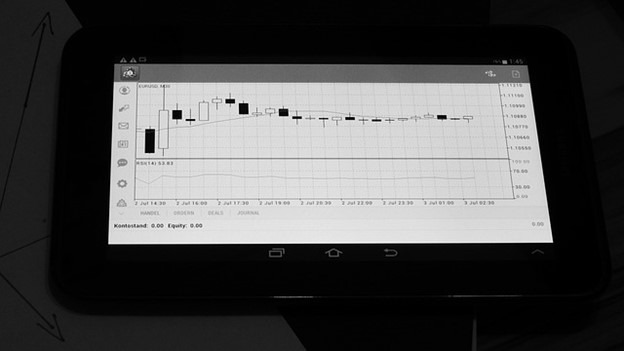Key Points
- Brent crude futures slightly down by 1 cent, stabilising at $81.99 a barrel.
- S. West Texas Intermediate (WTI) crude edges up by 1 cent to $76.93.
- Market stability reflects mixed influences: potential U.S. rate cuts and Middle East tensions.
- The previous week saw a 6% surge in oil prices due to conflicts in the Middle East.
- Israel-Hamas prisoner exchange escalates tensions, with significant casualties reported.
- Inflation expectations in the U.S. remain above the Fed’s target, suggesting delayed rate cuts.
The oil market has recently displayed a combination of minor fluctuations and stability. Brent crude futures experienced a slight decrease of 1 cent to $81.99 a barrel, while U.S. West Texas Intermediate (WTI) crude futures saw a marginal increase of 1 cent, reaching $76.93 per barrel. This stability highlights the ongoing balance of concerns, including the potential impact of U.S. interest rate cuts on fuel demand against the backdrop of geopolitical tensions in the Middle East, which pose a risk to supply chains. Notably, this period of calm follows a week where oil prices surged by 6%, driven by regional conflicts.
Middle East Unrest: Impact of Hostage Release
A significant event in the geopolitical landscape involved the release of two Israeli-Argentine hostages by Hamas in Rafah, Gaza, which unfortunately led to the deaths of 74 Palestinians. This incident has escalated tensions in an already unstable region, where approximately one million civilians have sought shelter from bombardments. Given the Middle East’s critical role in global oil supply, such events further complicate regional stability and have significant implications for the global oil markets.
Inflation Concerns and Federal Reserve’s Rate Cuts
The economic environment is marked by ongoing uncertainty, particularly in relation to inflation. The New York Federal Reserve’s January Survey of Consumer Expectations revealed persistent inflation worries, with forecasts for one and five years ahead consistently exceeding the Federal Reserve’s 2% target rate. This steady outlook suggests consumer caution, which could influence the Federal Reserve’s decisions regarding interest rate cuts. The possibility of delayed rate adjustments, amid concerns of economic deceleration, adds to the complexities facing oil demand forecasts.
The current dynamics of crude futures illustrate a multifaceted scenario where market stability, amidst minor price changes, denotes a cautiously optimistic stance. However, the influence of geopolitical unrest and economic uncertainties suggests a challenging path ahead, filled with unpredictability. Investors remain vigilant, monitoring the oil market as a crucial barometer of global economic health and geopolitical stability, reflective of broader trends.
















